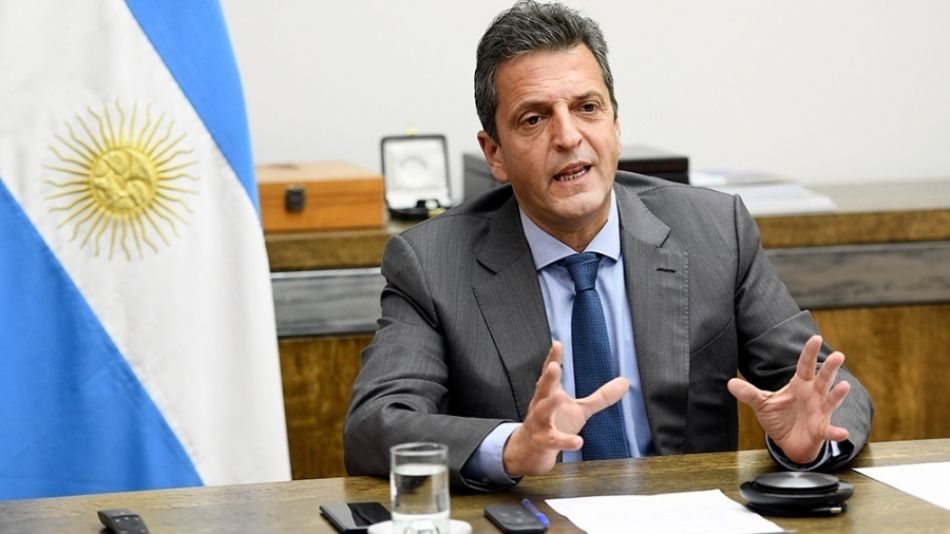Economy Minister Massa’s team can no longer contain the recession, and the main indicators of economic activity had severe drops in the last month of last year.
The program Sergio Massa launched is exhausted and fails to stabilize prices.
One by one, all high-frequency economic indicators show that the Argentine economy is heading toward a recession that seems unstoppable.
INDEC announced that the Manufacturing Industrial Production Index (IPI) collapsed by 1.2% in December 2022 and fell by 2.7% with respect to the same month in 2021.

Even the cycle trend of the indicator recorded a fall of 0.4% (a trend that does not consider cyclical variations), anticipating a new recessionary phase.
The activity of the manufacturing industry accumulated a strong contraction of 3.5% between August and December of last year, increasingly affected by the shortage of foreign currency generated by the exchange control system.
The most significant year-on-year declines were observed in the manufacture of furniture and mattresses (-15.8%), followed by transportation equipment (-12.9%), textile industry (-7.8%), rubber and plastic production (-7.6%), automotive industry (-7.4%), clothing (-6.1%) and chemical products (-3.8%), among others.
The multiple restrictions on imports, the lack of incentives for the development of exports, and the exchange rate limitations, are the basic elements to explain the new recessive phase within the stagflation scheme suffered by the economy since 2011.
Industrial production fell in 3 of the last 4 months of 2022 and reached a level that is already lower than the one it had in December 2021.
On the other hand, the Synthetic Indicator of Construction Activity (ISAC) plummeted by 3.5% in December last year, accumulating a drop of 10.6% compared to December 2021.
Construction activity accumulated a violent drop of 11.7% between July and December 2022, according to the seasonally adjusted series of the index.
This followed the strong inflationary burst during Silvina Batakis’ administration and the fall of former minister Martín Guzmán.
10 of the 13 divisions that make up the production of construction inputs had sharp year-on-year declines.
Demand for construction paints fell 23.1%, ceramic floor and wall tiles fell 22.8%, bricks fell 22.6%, limes fell up to 19.8%, asphalt fell 18.5%, and plaster fell 15.7%.
This had been the favorite indicator for Kirchnerism when it came to demonstrating a certain reactivation in the activity; it is also a “leading” index that anticipates the general cycle of the economy and its future evolution.
It has been falling for 5 months, and the outlook for activity in the first quarter of 2023 is extremely pessimistic.
77.2% of the construction companies surveyed by INDEC expect the activity level to fall or remain stagnant during the first quarter, and only 22.8% of the total expect reactivation.
It is also expected that the scarce reactivation in construction will come from public works in the middle of the election year.
The economic program launched by the Minister of Economy, Sergio Massa, failed to stabilize either the economic activity or the evolution of prices.
The new recessionary phase has arrived even without a devaluation of the official exchange rate and without a significant update of the real level of utility tariffs.
With information from Derecha Diario

